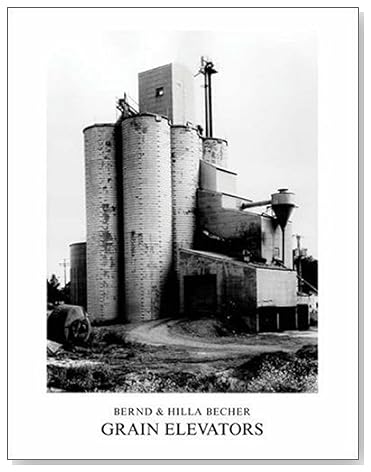

 Designed by Studio Aisslinger, LoftCube Inc. is a German-based conceptual architectural project. Reminiscent of Walter Gropius' "Glass Box" theory, this is a physical manifestation of the Modernist ideal. In the height of Modernism (the 20s and 30s), the architect Walter Gropious defined the architectural movement as an elimination of excessive ornamentation. The way to best accomplish this purely functional goal would be to create a living space comprised entirely of necessary elements: a glass box.
Designed by Studio Aisslinger, LoftCube Inc. is a German-based conceptual architectural project. Reminiscent of Walter Gropius' "Glass Box" theory, this is a physical manifestation of the Modernist ideal. In the height of Modernism (the 20s and 30s), the architect Walter Gropious defined the architectural movement as an elimination of excessive ornamentation. The way to best accomplish this purely functional goal would be to create a living space comprised entirely of necessary elements: a glass box.When viewing this cube in Stumbleupon, I was struck by its simplicity and its adherence to the International Modernist Style. Even though most architects are now straying towards Postmodernism-- a more homey version of its predecessor-- this living space is evidence that the once popular movement has not lost its following.
I can't stop thinking about what it would be like to live in a glass cube. There would be almost an uninhibited freedom between myself and the external world. As a nature lover, I find this appealing. However, despite the attraction of this style of living, I can't help but think that I may miss the privacy. If the world were a more open, inviting place and everyone's external affairs were publicized by means of open living space, I would feel completely comfortable following suit. But to be the only one airing my dirty laundry in a literal sense would likely cause discomfort and uneasiness. Thus, while I love the idea of a glass cube and the lifestyle that it affords, it would only be feasible to have such a life if it were to be shared amongst the American and global population.










